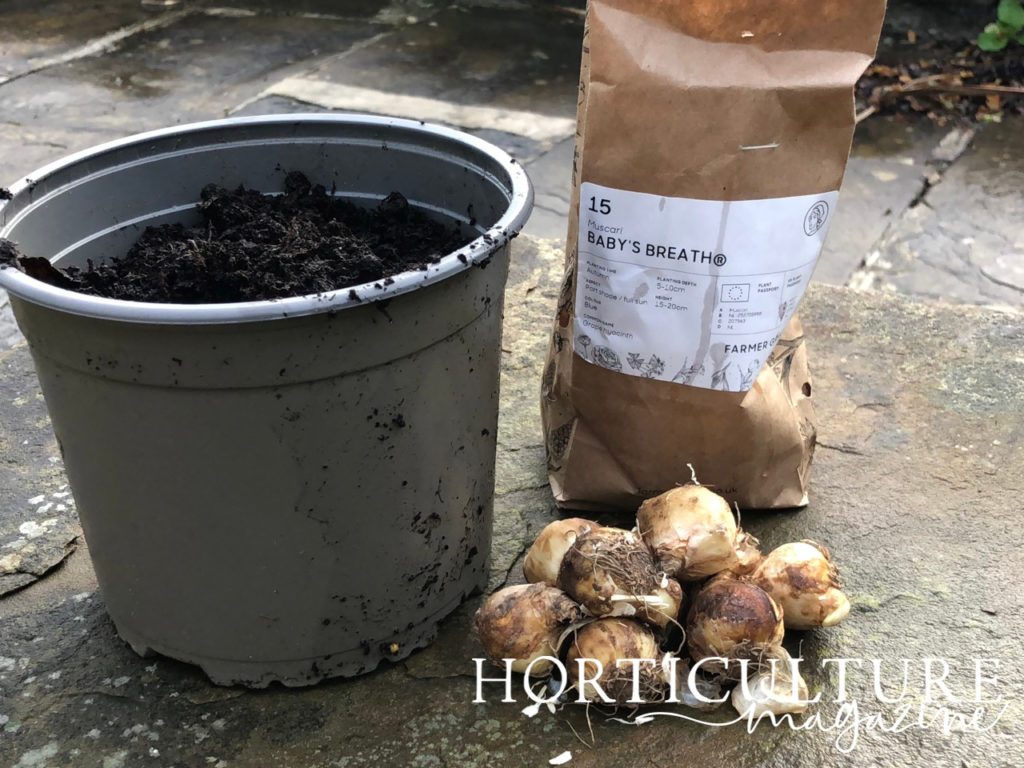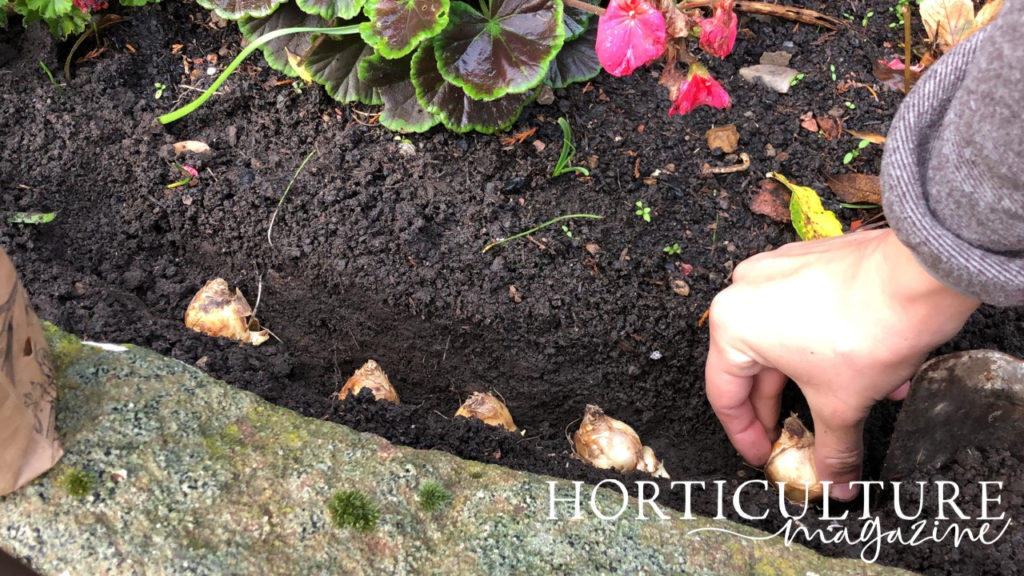
Elizabeth is a Permaculture Garden Designer, Sustainability Consultant and Professional Writer, working as an advocate for positive change. She graduated from the University of St. Andrews with an MA in English and Philosophy and obtained a Diploma in Applied Permaculture Design from the Permaculture Association.
Reviewed By COLIN SKELLY

Colin is a Horticulturist and Horticultural Consultant with experience in a range of practical and managerial roles across heritage, commercial and public horticulture. He holds the Royal Horticultural Society’s Master of Horticulture award and has a particular interest in horticultural ecology and naturalistic planting for habitat and climate resilience.
Contributions From EMILY CUPIT

Emily is a Gardening Writer, Photographer and Videographer from Derbyshire, UK. She is the Founder of Emily's Green Diary - a community of more than 75,000 people who share in her gardening journey.
MUSCARI GUIDES
Growing From Seed
Planting
Muscari, also known as ‘grape hyacinths’, are small spring bulbs that produce attractive, usually blue-purple blooms to provide for pollinators and provide visual appeal early in the year.
They look wonderful on their own and can spread to create a ground cover, but are perhaps at their best when combined with other beautiful spring bulbs.
Muscari are a very simple bulb to plant and grow in your garden.
In autumn, simply:
- Select a muscari variety to grow and source your bulbs.
- Choose where to grow your muscari.
- Plant your bulbs around 10cm deep in a bed, border or container, with the pointy ends upwards.
When To Sow
Plant Muscari bulbs in autumn – between September and November.
1) Choose Muscari Bulbs
If you would like to grow Muscari in your garden then the first step is to select bulbs to plant.

There are a number of different species and cultivars that you might consider.
You could try M. armeniacum ‘Christmas Pearl’, M. ‘Jenny Robinson’, M. azureum or M. latifolium.
2) Choose A Suitable Location
You can plant the bulbs in containers, or a bed or border.
These spring flowers look wonderful at the front of a bed or border, where over a few years they will spread and create a good ground cover.
Muscari can also naturalise in a lawn or meadow scheme, in the open or below deciduous trees.

As a good ground cover, early pollinator and spring ephemeral, they can be beneficial within an eco-friendly fruit tree guild or forest garden.
These flowers draw in early pollinators, ensuring these are present by the time that a fruit tree blossoms.
They can also catch and store nutrients and water during this early part of the year.
When planted around the drip line of a tree, muscari, like other spring bulbs, can also help keep grass out of the guild area.
“Layering your planting both in height and across the growing season maximises the amount of garden plants that you can have in a space,” says Colin Skelly, a Horticultural Consultant.

“Any gaps in space throughout the season will be an opportunity for unintended plants (weeds) to find a place to germinate.
“Bulbs like muscari are great spring flowering layering plants whose leaves will continue to occupy the space long after flowering has ceased.”
Muscaris also work very well in pots, and as well as growing them on their own, you can also create mixed container displays using muscari alongside other spring bulbs.
You can create a bulb lasagne by layering different spring bulbs within a container, to create displays that look good all through spring.
3) Plant Your Bulbs
Planting muscari bulbs is very easy.
Wherever you wish to grow muscari, simply make trenches or holes around 10cm deep, place the bulbs, and then cover them back up again.
You can also layer bulbs in a pot a little over 10cm from the top of the container, before placing the bulbs and covering them with 10cm of soil.

If you wish to plant muscari in the ground, it is best to plant them in clumps for a more natural look.
Make holes or trenches and place a handful of the bulbs within each one.
The bulbs should be around bulb width apart, and the pointed end should face upwards.

In a container, the bulbs can be placed more closely because a display of bulbs in a container will not be intended to be as long-lasting as bulbs in the ground.
If you are layering bulbs in a container, make sure that you do not place your muscari bulbs directly above the bulbs you have placed in a lower tier.

